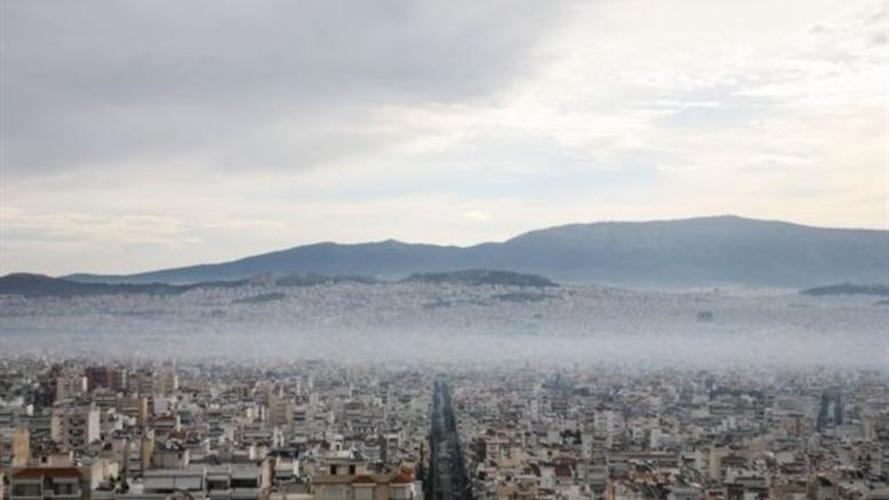An Athenian of the interwar period could see on average up to 20 kilometers further afar than an Athenian today, according to a new study which uses data covering a period of 80 years, in the first comprehensive research on air pollution in the Greek capital.
According to the study, conducted by the Institute of Environment Research and Sustainable Growth of the Athens Observatory, visibility in Athens is reduced by about 2.8 kilometers every ten years, or by 280 meters per year.
In the 1930s and the 1940s, Athens had a good visibility (seeing further than 20 km) about one in three days. On these days, Athenians could even make out the houses in nearby Aegina Island. Since then, visibility in Athens has been decreasing continuously, reaching critical levels in the 1950s when the swelling of the city’s population, urbanization, the construction of buildings and the increase in the number of vehicles led to a jump in air.
The frequency of the good visibility enjoyed in the 1930s decreased to just 2 percent in the period 2004-2013. In fact, after 2004, more than half the days of the year visibility in Athens is below four kilometers.
The anti-pollution measures taken in Europe during the 1980s led to a reduction in emissions and thus a marginal stabilization or even improvement of visibility in many parts of Europe and Greece, after 1990. The economic crisis in Eastern Europe in the same period also contributed.
In Athens, the deterioration of visibility continued until the beginning of 2000. After 2004, however, air pollution stabilized or even marginally improved. This is due to the improvement of transport infrastructure after the 2004 Olympics (metro, tram, Attiki Odos), and in part may also be due to the fact that, due to the economic downturn, the emission of pollutants has further been reduced, with the exception of the periodic burning of wood in fireplaces.
The study also showed that visibility changes through the seasons, with the clearer skies recorded during the hot and dry months, although seasonality is becoming less clear in recent years. The month with the worst visibility is March due to the high humidity levels in the atmosphere, combined with increased concentrations of particles and the transfer of dust and pollen.
The study, headed by Dr. Dimitra Founda, was published in the scientific magazine “Atmospheric Chemistry and Physics” of the European Union of Geoscientists and was based on a series of data collected from 1931 to 2013 by the National Observatory of Athens (NOA). It is also possibly the longest series of continuous observations on visibility collected in the Eastern Mediterranean.
(Source: ANA-MPA)
See all the latest news from Greece and the world at Greekreporter.com. Contact our newsroom to report an update or send your story, photos and videos. Follow GR on Google News and subscribe here to our daily email!




